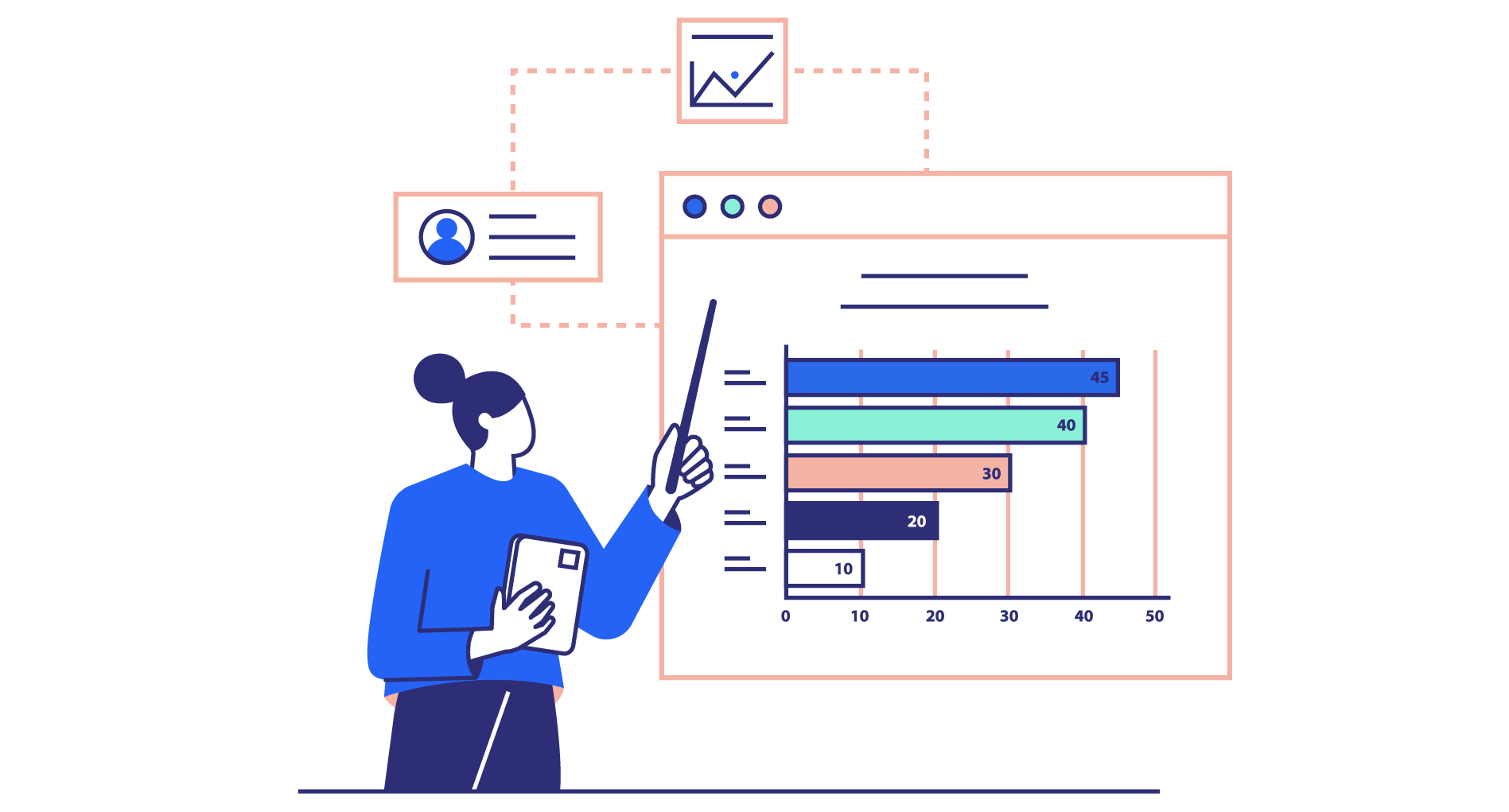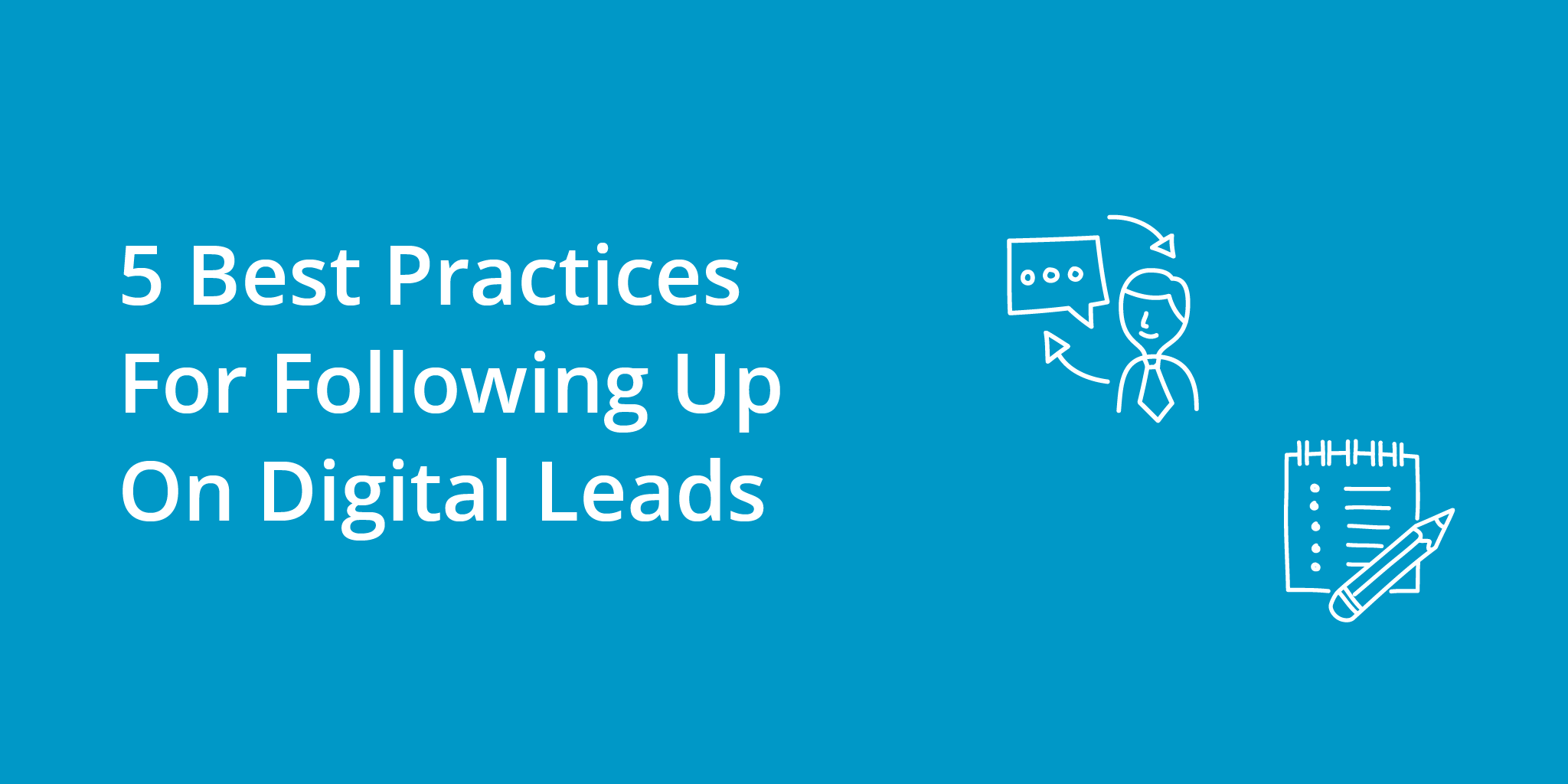Digital lead follow-up refers to the process of contacting and engaging with potential customers who have shown interest in your products or services. It involves reaching out to leads who have expressed interest in your business through various channels such as social media, email marketing, webinars, or trade shows to name a few.
The goal of sales lead follow-up is to build a relationship with these potential customers, provide value, and ultimately convert them into paying customers. Effective digital lead follow-up involves understanding the needs and pain points of the potential customer and providing personalized solutions that address their unique challenges.
The sales lead follow-up process typically includes multiple touchpoints, such as initial outreach, follow-up calls or emails, providing additional information or resources, offering demos or trials, and negotiating the sale. The process requires a systematic approach that includes tracking and managing leads, setting clear goals and timelines, and regularly measuring and evaluating the effectiveness of your lead follow-up efforts.

How to Follow Up on Digital Leads
Effective lead follow-up is crucial for businesses for several reasons. Studies show that following up with a lead within five minutes of them expressing interest increases the chances of converting them significantly. If you wait any longer than an hour to follow up with inbound leads, they’ve probably already found another product or service provider that satisfied their needs.
Want to improve your lead response time? Instantly follow up with Kixie’s speed to lead automation.
What’s more, by engaging with new leads, addressing their needs and concerns, and providing value, businesses can establish trust and rapport – which is vital for converting leads into loyal customers. And don’t forget: lead follow-up provides valuable data that you can use to optimize your marketing and sales strategies.
TL;DR: Following up on digital leads is crucial for businesses that want to convert potential customers into actual ones.
Here are some best practices for following up on digital leads:
- Respond quickly: Time is of the essence when it comes to following up on digital leads. Studies show that the likelihood of converting a lead into a customer drops significantly if the response time is more than 24 hours. Aim to respond within minutes or hours of receiving the lead.
- Personalize your communication: Use the lead’s name and any other relevant information to personalize your communication. This will show that you are not just sending mass messages but that you are genuinely interested in their business.
- Provide value: Offer something of value to the lead, such as a free consultation or trial. This will give them a taste of what it’s like to work with you and increase the chances of converting them into a customer.
- Use multiple channels: Don’t rely solely on email to follow up on digital leads. Use other channels such as social media, phone calls, or even text messages to get in touch. Follow up with the lead multiple times on various channels, but avoid being too pushy. Keep the tone friendly and helpful, and make sure to respect their time and boundaries.
- Automate and keep track of your follow-up: Use a customer relationship management (CRM) system paired with a sales engagement platform to keep track of and automate your follow-up with each lead. This will help you avoid duplicate outreach and ensure that you don’t miss any opportunities. Plus, with sales engagement automation, you can still personalize your outreach and ensure every lead feels taken care of.

Digital Lead Follow-Up Sequence Example
Sometimes it’s easier to see things in practice. Imagine you’ve set up a marketing webinar, and have 50 new leads to contact after the webinar is completed. Here’s an example follow-up cadence for these digital leads that you could use to nurture them further down your sales funnel:
- Send a thank-you email: The first step should be to send a thank-you email to all 50 leads thanking them for attending the webinar and expressing your appreciation for their time. This email should also provide a brief overview of the webinar content, a recording of the presentation, and mention any key takeaways.
- Segment your leads: Segment your leads into different groups based on their level of engagement during the webinar. For example, you could have a group of highly engaged leads who asked questions, a group of moderately engaged leads who stayed until the end, and a group of less engaged leads who dropped off early or signed up but didn’t actually attend.
- Personalize your follow-up: Use the segmentation to personalize your follow-up messages for each group. For example, for the highly engaged group, you could send a personalized email that addresses their specific question and provides additional resources. For the less engaged group, you could send a follow-up email that highlights the key points they missed.
- Use multiple channels: Use multiple channels to follow up with your leads. In addition to email, you could use targeted ads on LinkedIn or Twitter to reach out to your leads and continue the conversation. Or, if you have their phone number, you could give them a call or send a text message with more information.
- Provide value: Offer something of value to each lead, such as a free consultation or a demo of your product. This will help to build trust and establish a relationship with your leads. Perhaps even offer a discount or an extended trial for those who signed up for the webinar.
- Keep track of your follow-up: Use a CRM system and a sales engagement platform to keep track of your follow-up with each lead. This will help you stay organized and ensure that you don’t miss any follow-up opportunities.
Final Thoughts
The 5 best practices discussed in this article – promptness, personalization, providing value, omnichannel outreach, and measurement – can help businesses convert more leads into customers. By implementing these practices, businesses can build stronger relationships with their leads, improve their sales performance, and achieve their revenue goals.
Remember, following up on digital leads is not a one-time task; it requires consistent effort and optimization to yield the desired results. So, keep experimenting, analyzing, and refining your follow-up strategies to stay ahead of the competition and succeed in the digital marketplace.



